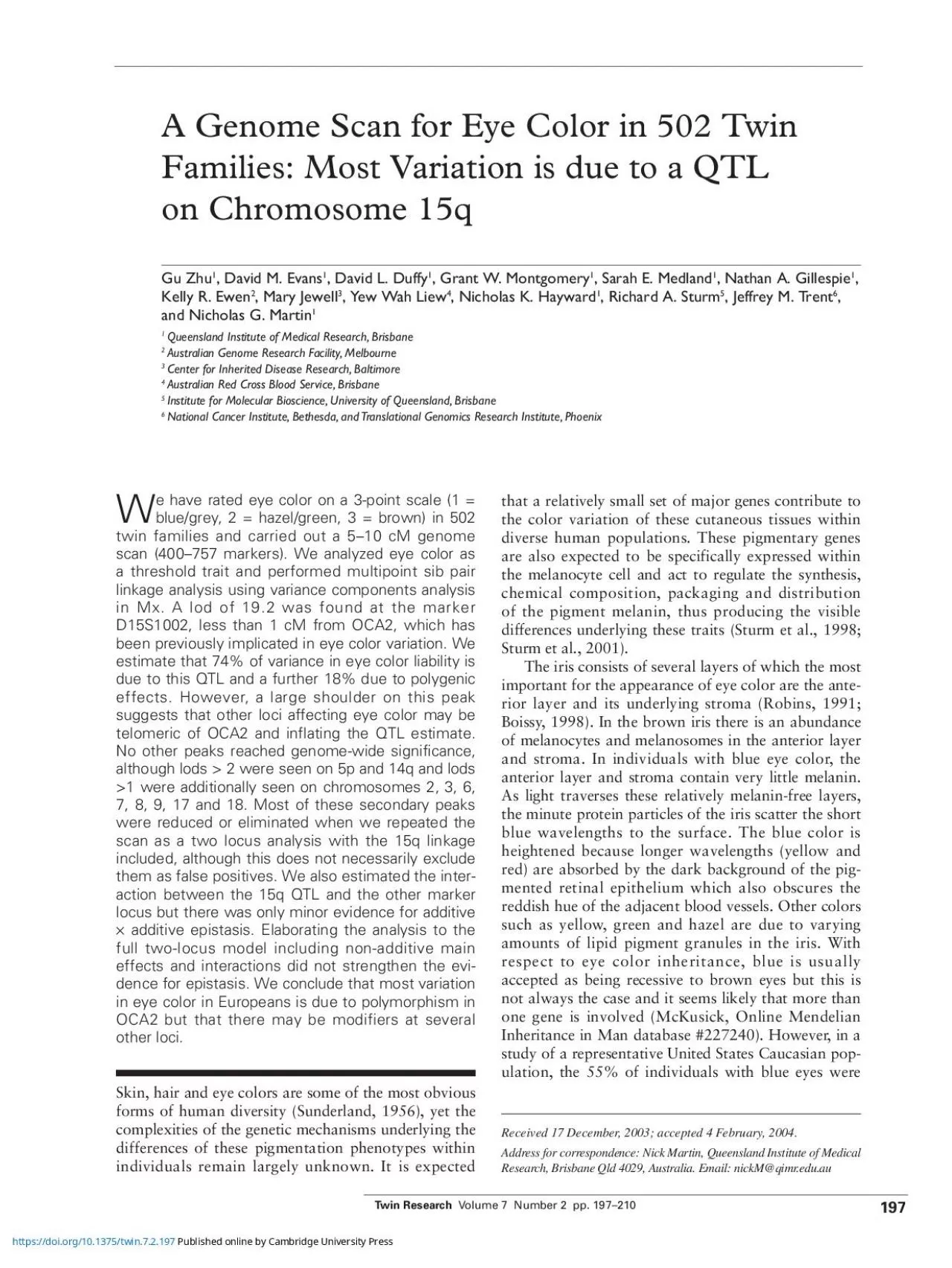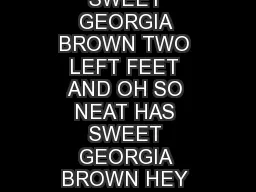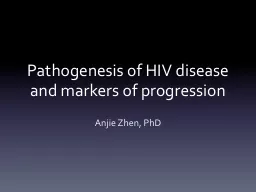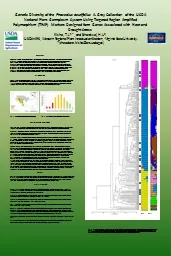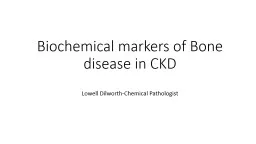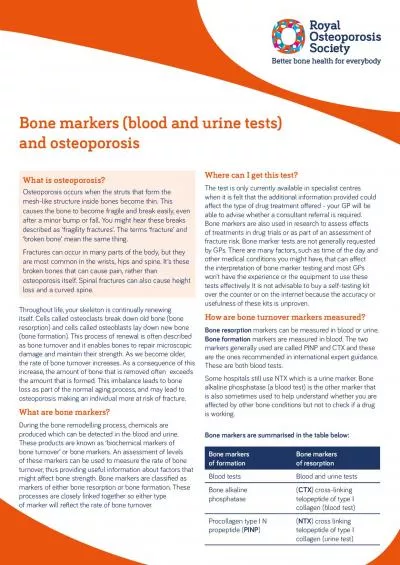PDF-bluegrey 2 hazelgreen 3 brown in 502scan 400757 markers W
Author : oconnor | Published Date : 2022-09-09
other lociSkin hair and eye colors are some of the most obviousforms of human diversity Sunderland 1956 yet thecomplexities of the genetic mechanisms underlying
Presentation Embed Code
Download Presentation
Download Presentation The PPT/PDF document "bluegrey 2 hazelgreen 3 brown in 502sc..." is the property of its rightful owner. Permission is granted to download and print the materials on this website for personal, non-commercial use only, and to display it on your personal computer provided you do not modify the materials and that you retain all copyright notices contained in the materials. By downloading content from our website, you accept the terms of this agreement.
bluegrey 2 hazelgreen 3 brown in 502scan 400757 markers W: Transcript
Download Rules Of Document
"bluegrey 2 hazelgreen 3 brown in 502scan 400757 markers W"The content belongs to its owner. You may download and print it for personal use, without modification, and keep all copyright notices. By downloading, you agree to these terms.
Related Documents

